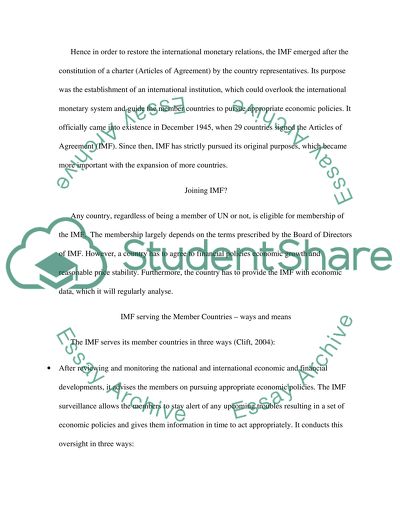Cite this document
(What Is the International Monetary Fund Case Study, n.d.)
What Is the International Monetary Fund Case Study. Retrieved from https://studentshare.org/macro-microeconomics/1566154-global-business-and-imf
What Is the International Monetary Fund Case Study. Retrieved from https://studentshare.org/macro-microeconomics/1566154-global-business-and-imf
(What Is the International Monetary Fund Case Study)
What Is the International Monetary Fund Case Study. https://studentshare.org/macro-microeconomics/1566154-global-business-and-imf.
What Is the International Monetary Fund Case Study. https://studentshare.org/macro-microeconomics/1566154-global-business-and-imf.
“What Is the International Monetary Fund Case Study”, n.d. https://studentshare.org/macro-microeconomics/1566154-global-business-and-imf.


